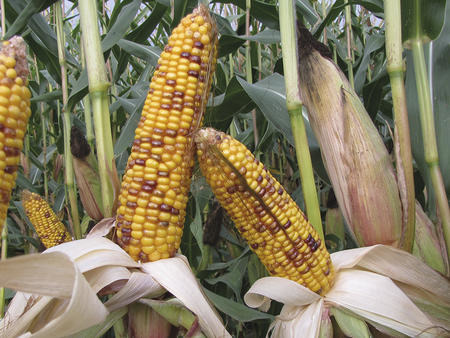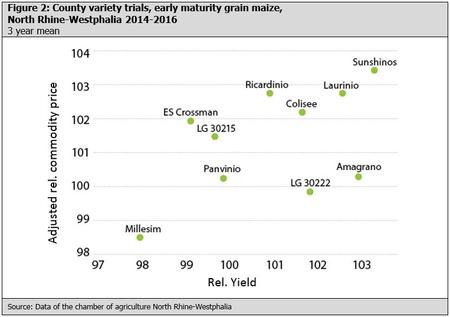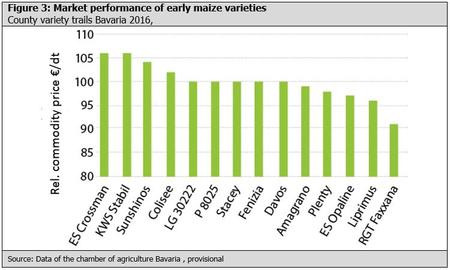International
Where to grow (which) early varieties?
Maize has comparatively low expectations in respect to soil and nutrient requirements but a relatively high temperature requirement. It only reaches crop maturity at harvest date if corresponding crop heat units and day time length demands are fulfilled. Maize product manager Henrike Wulfmeyer thinks that therefore in some regions only early varieties should be grown.
Maize has comparatively low expectations in respect to soil and nutrient requirements but a relatively high temperature requirement.
It only reaches crop maturity at harvest date if corresponding crop heat units and day time length demands are fulfilled.
Henrike Wulfmeyer, product manager maize, explains using the most up to date LSV-results (county variety trials) where only early maize varieties should be grown and that there are “early types” which can compete on yield with medium early varieties.
Under German conditions an early variety is defined as such if the FAO maturity class is between 200-220 and the crop heat unit at approx. 1.450°C. In this maturity class a temperature of 12.5°C in September are sufficient in order to reach maturity in due time.
Such regions are not only found in North Germany but also regionally throughout Germany. Even in the Bavarian LSV early grain and forage maize varieties achieved good results on sites with similar crop heat units. The author concludes that it is mainly important to choose a variety with a suitable maturity for the selected site. Many long-term tested varieties as well as hopeful newly approved ones from the early segment are high yielding and are even able to excel the yields of medium early hybrids in many places. Before risking that a medium early variety does not reach full maturity it is advisable to choose an early one.





